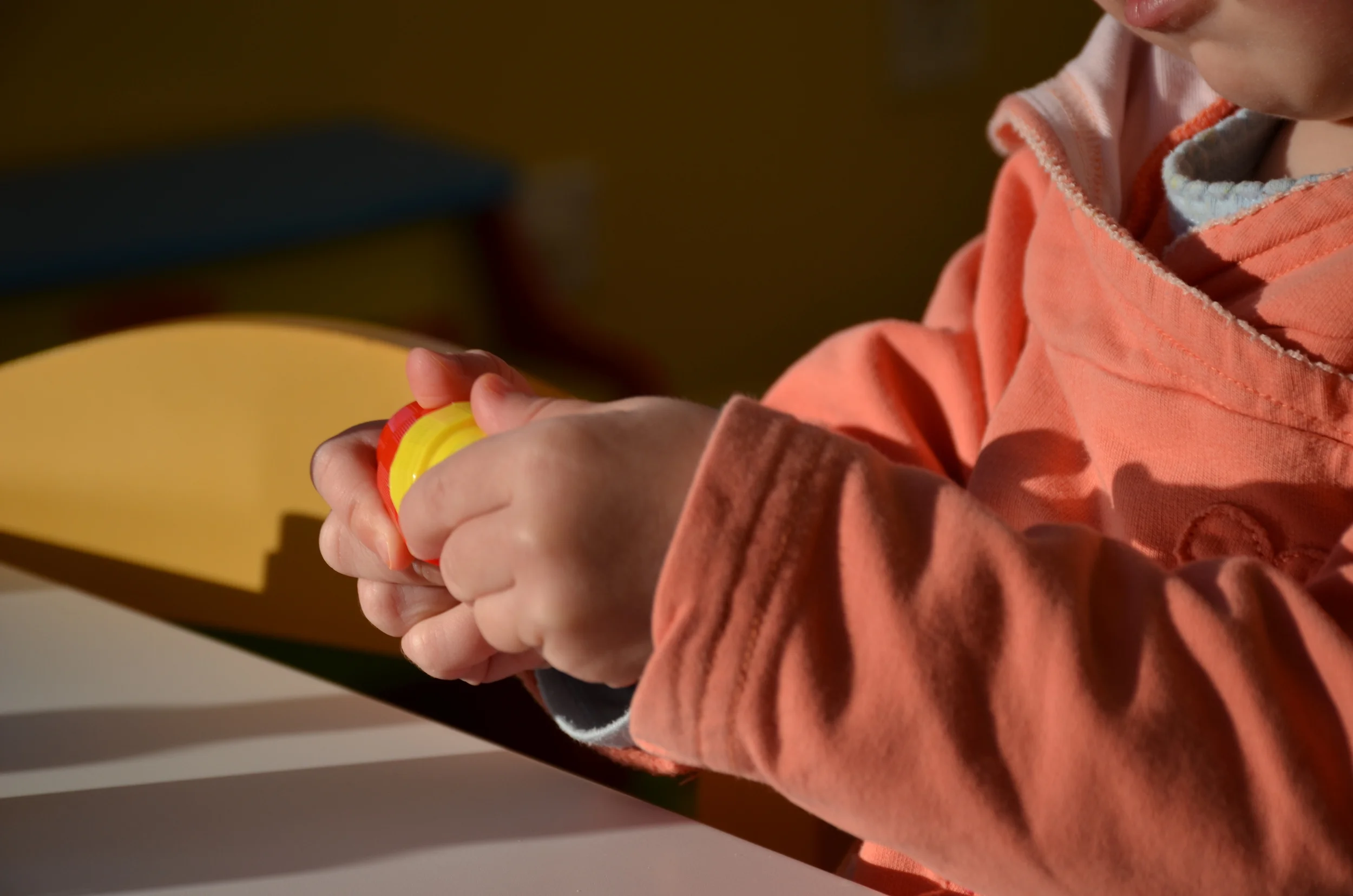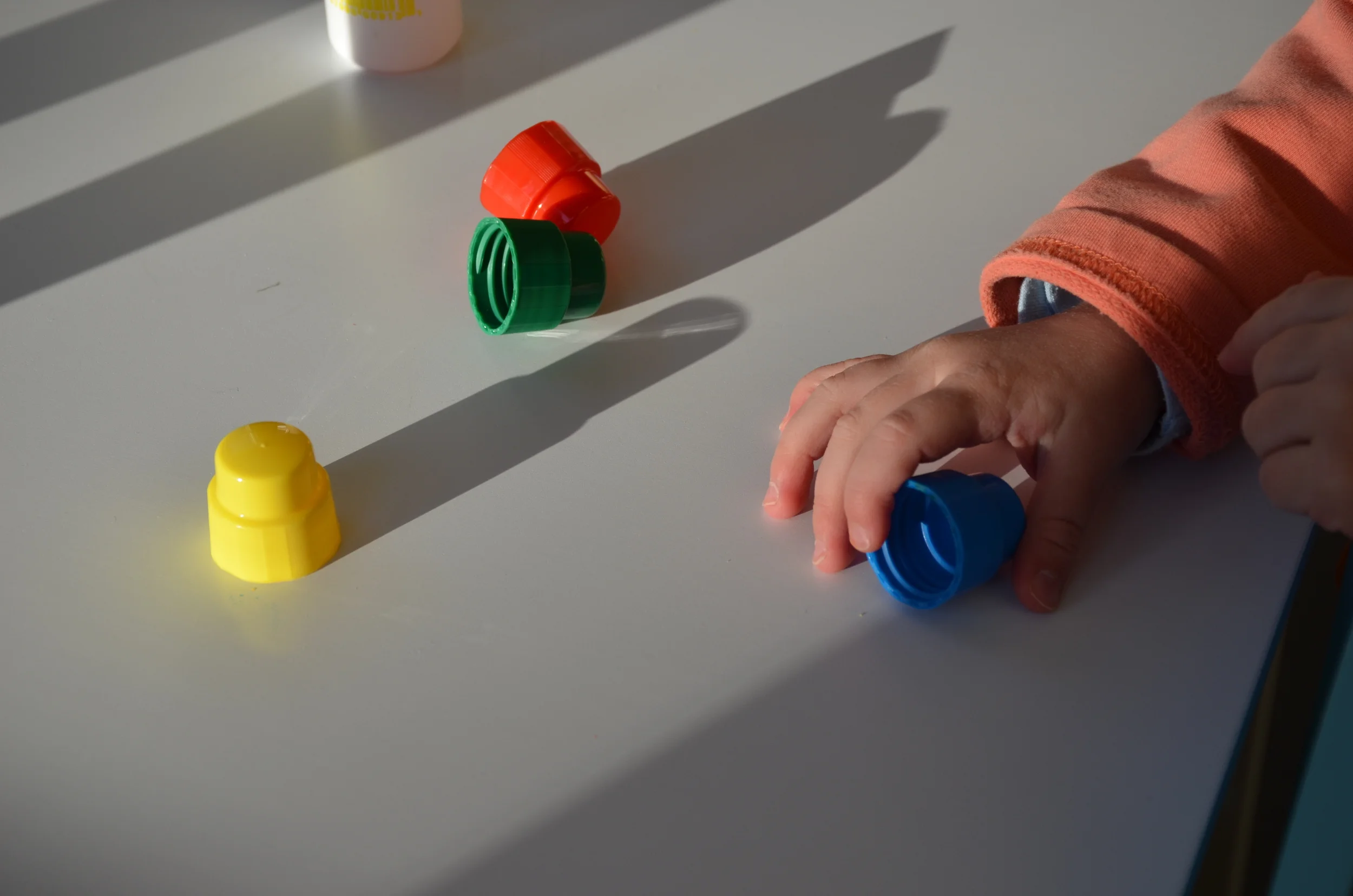There is a lot of buzz right now around child-directed learning. This is in contrast to the more typical, teacher-directed learning that occurs in most school classrooms in the U.S. There are institutions, and approaches, that have been doing child-directed learning for a very long time. Maria Montessori, founder of the Montessori method, strongly believed that children learn best when they were able to direct and manipulate their own materials (this was in the early 1900's). In the 1960's Loris Malaguzzi helped to create a philosophy of child-directed, community based learning, now called the "Reggio Emilia Approach", which is taking off in many private schools in the U.S. today.
The idea behind child-directed learning is that children gravitate towards what interests them, and this interest drives their learning. Beyond this, there is a certain level of control that is given to the child that is not usually seen in a typical early childhood classroom. In a Montessori school, children (even preschoolers) take responsibility for getting out and putting away the various materials they choose to interact with. In a Reggio classroom, the children work together as a community to decide what projects they will work on together.
I have found myself constantly surprised and amazed at the things that happen when children are able to take the reins of their own activities and learning. Not only are children much more capable than we give them credit for, they also can be much more creative when we (adults) get out of their way a little bit.
My most recent humbling realization of this fact came just yesterday, as my daughter and I attempted to figure out the daily conundrum of "What can little M do while mommy gets the kitchen cleaned up?".
On this particular morning, I reached for the dot paints. Usually, when I get out the dot paints, I am very nearby to supervise. I allow my daughter to chose one or two colors, open them for her, and then when she is done I put the cap back on and put them back in the box. I do not leave open the possibility of unattended, uncapped dot paints making their way around the house. I realized, however, that this "normal" method would not work if I actually wanted to get the kitchen clean, so I took what I thought was a big risk. I opened all the dot paints, put some paper down on the table, and placed the caps off to the side. I said something along the lines of "Have fun painting, mommy will be in the kitchen cleaning up!". I walked out of the room and into the kitchen, where I started vigorously unloading the dishwasher, assuming I might maybe get five minutes of freedom to clean without interruption. I finished unloading the dishwasher and moved quickly to the stack of dirty pots and pans in the sink. When I finished washing the pots and pans, I looked at the clock. Ten whole minutes had passed, and I had not been interrupted.
I admit it, I was worried. I assumed I would walk into my daughter's play room to see dot paint decorations all over the play kitchen, the chairs, maybe the walls, or the stuffed animals. I peeked around the door and this is what I saw:
My daughter was completely absorbed in playing with the caps from the dot paint. She had made a few dots on the page, but it was apparent that she had been very busy with the caps. She had even made an activity out of matching the cap with the dot paint. Two of the paints were loosely capped- with the correct color!
I felt simultaneous pride and guilt. Pride for my daughter's ingenuity and careful use of materials, guilt that every other time we had used the dot paint, I had held tightly to the caps, quickly replacing them for the sake of neatness and organization.
Perhaps she was so fascinated by the caps because of these possessive actions I was displaying for them, and if I hadn't modeled this obsessive capping behavior, she never would have taken such an interest in the caps in the first place. But there was a part of me that realized I often prioritize neatness and organization over my daughter's freedom to play.
When I sat down with my daughter, still busy at work with the caps, I left the dot paints open on the table and we played with the caps for another 5-10 minutes. We stacked them, we spun them, we rolled them, we matched them; but when I say we, I mean that she did these things and I supported her endeavors.
I have to be constantly reminded how important it is to give her space to direct her own play and learning. On her own, she was able to come up with an activity that was enhancing her own skills and learning. She is 20 months old.
The "gift of freedom" in play and learning is not just a gift to the child, it is also a gift to the adults who can stand back and watch true learning unfold.








